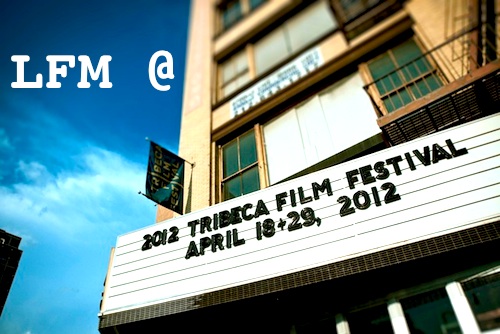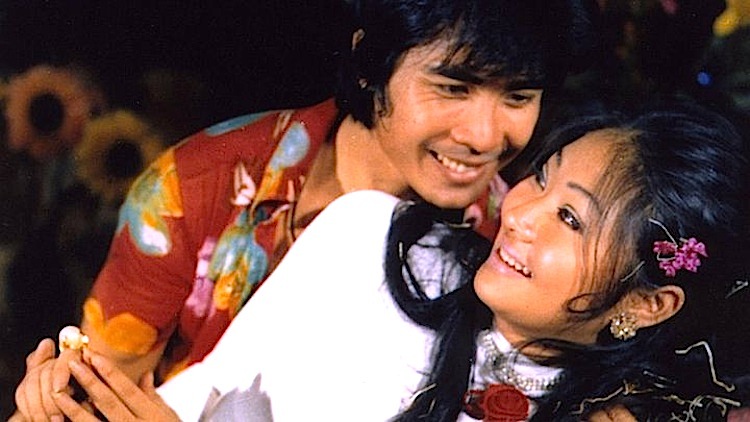By Joe Bendel. If Ed Wood finally had an epiphany telling him to step up his technical game, imagine what he would have produced. That is sort of-kind-of the challenge two amateur filmmakers looking to go pro (or at least semi-pro) set for themselves. The production of their ambitious, new zero-budget science fiction short film is well documented in Myles Kane & Josh Koury’s Journey to Planet X, which screens during the 2012 Tribeca Film Festival.
Eric Swain and Troy Bernier are genuinely credentialed, buttoned-down scientists. Like many of their colleagues, they have always been attracted to science fiction. For years, Swain was essentially a hobbyist filmmaker, employing cheesy 1990’s technology. An invitation to appear in one of Swain’s films led to a fast friendship and a close creative collaborative relationship between the two. However, cognizant of the advances in digital technology, Bernier is no longer content with their current level of professionalism. He convinces Swain that it’s time to produce a film that can compete on the film festival circuit.
 Swain and Bernier (or Bernier and Swain) proceed to make that film, to the best of their abilities. The plot of Planet X (a.k.a. Planet X: The Frozen Moon, a.k.a. Planeta Desconocido, a.k.a. who knows what) remains rather baffling even after watching the co-directors shoot nearly every scene. However, they do seem to improve on a technical level, upgrading to HD and switching from an old blue screen to the more digital friendly green. They have a legitimate casting call and hire a small but professional crew. Whether they pull it off or not, they are really going for it, which is cool to witness.
Swain and Bernier (or Bernier and Swain) proceed to make that film, to the best of their abilities. The plot of Planet X (a.k.a. Planet X: The Frozen Moon, a.k.a. Planeta Desconocido, a.k.a. who knows what) remains rather baffling even after watching the co-directors shoot nearly every scene. However, they do seem to improve on a technical level, upgrading to HD and switching from an old blue screen to the more digital friendly green. They have a legitimate casting call and hire a small but professional crew. Whether they pull it off or not, they are really going for it, which is cool to witness.
Simply the notion of producing a feature length documentary about the behind the scene making of an upstart short film will sound odd to many people. Frankly, it also rather sporting of Tribeca to select Journey, considering both co-directors are co-founders of the Brooklyn Underground Film Festival and Bernier’s efforts courting South Florida’s Geek Film Festival factor prominently in the third act. Good for them, but they are missing out by not scheduling a special screening of Planet X (or whatever it’s called now) as well, because anyone who sees Journey will immediately want to watch Swain and Bernier’s film, on the big screen, in all its raging glory.
Kane and Koury (or Koury and Kane) capture a lot of drama in Journey, but it is the right kind of drama. The audience sees a lot of lunacy going down, but it never feels intrusive or voyeuristic. Ultimately, it is a film about two only slightly mad filmmakers’ friendship and their shared passion for sci-fi and movie-making. An endearing documentary, Journey is enthusiastically recommended for genre fans and those fascinated by the filmmaking process when it screens again this Saturday (4/28) as part of the 2012 Tribeca Film Festival.
LFM GRADE: A
Posted on April 24th, 2012 at 12:47pm.

